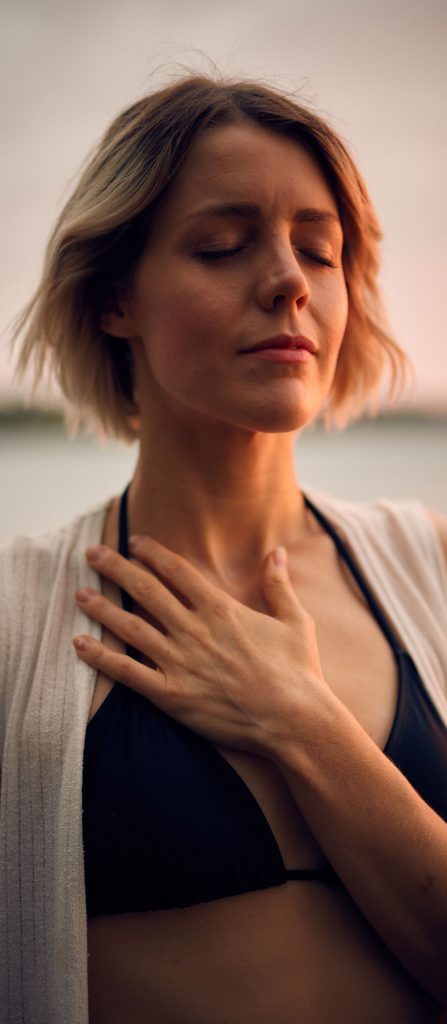The most powerful and transformative types of meditations I teach and offer are listed below.
- Emotional Balance
- Body Strength + Mental Clarity
- Chakra Opening
Below are short descriptions on various meditation tools one can use to calm the mind, balance out emotions, build a deeper connection with oneself, others and the world.
Immersive Experience
Following with only 10-15 minutes of meditative practice per day, you may be able to see the results as fast as two weeks in. Along with feeling the sense of calmness, centeredness and psychical relaxation you may also start becoming more tuned into higher frequencies and experience intricate flow of energy. This is where the magic, playfulness and creativity also manifest themselves into your life. Along with the health benefits, meditation could be your gateway to great bliss and development of psychic abilities.
Types of Meditation
1: Concentrative Meditation Techniques
Quite often our mind tends to wonder and scatter. Thousands of thoughts run around our heads just like a bunch of crazy monkeys. One of the ways a meditation is used to calm the mind is to focus the awareness and concentrate on that single point of focus.
Learning to bring the stream of attention to a flame, breath, sound (mantra) or image helps the mind to develop the capacity to remain calm and grounded. The most popular type of concentrative meditation technique in the West is Transcendental Meditation founded by Maharishi Mahesh Yogi.
2: Open Awareness
This second type of meditation focuses around an outward awareness. When practicing it, one is being present and aware of everything that happens around him/her. The sounds of ocean, vastness of the blue sky, healing powers of a forest, a warm summer breeze…
Being present and accepting of whatever arises is the main goal of this type of meditative teaching. The Zen practice (Zazan) is an example of this type of meditation practiced in the West.
3: Mindfulness
This third type of meditation is a combination of concentrative and open awareness technique. Usually the point of focus is one’s breath, thoughts, and feelings. Yet, the practice is not centered around only going in, but also an outward awareness. This multidimensional meditative technique focuses on practicing a witnessing aspect of ourselves. That part of us that is always present, the observer, the listener.
The mindfulness practice doesn’t only take place during a sitting meditation session, but also at any point of our daily lives. One can mindfully eat (becoming aware of all of the various sensations, taste changes, sounds and experiences/thoughts), walk (focusing on breath, noticing texture of the ground underneath one’s feet, becoming aware of sounds of nature etc.) and other activities.
The practice takes roots in Buddhist teachings which Jon Kabat-Zinn has recently popularized in the west.
4. Guided or creative meditation
The type of meditation that I find works best with the beginners is the creative guided meditation. “What you think you become” says Buddah. I use this type of meditation for personal development, receiving guidance and overall stress relief and relaxation.
Any of the previously discussed types of meditations can be combined into the guided meditative techniques. Some of the benefits of the guided meditation approach includes:
- Hearing a voice leading you through an experience allows for better concentration for beginners
- Additional presence of the guide/healer helps deepen the sense of trance
- Different visualization techniques aim at achieving goals. These could focus on physical/emotional well being (body scan) or achieving clarity (working on a problem). Another option is to focus on receiving guidance (to discover questions to answers you’re looking for).
Please see Terms and Conditions to learn more on what to expect from Sessions / Workshops.






